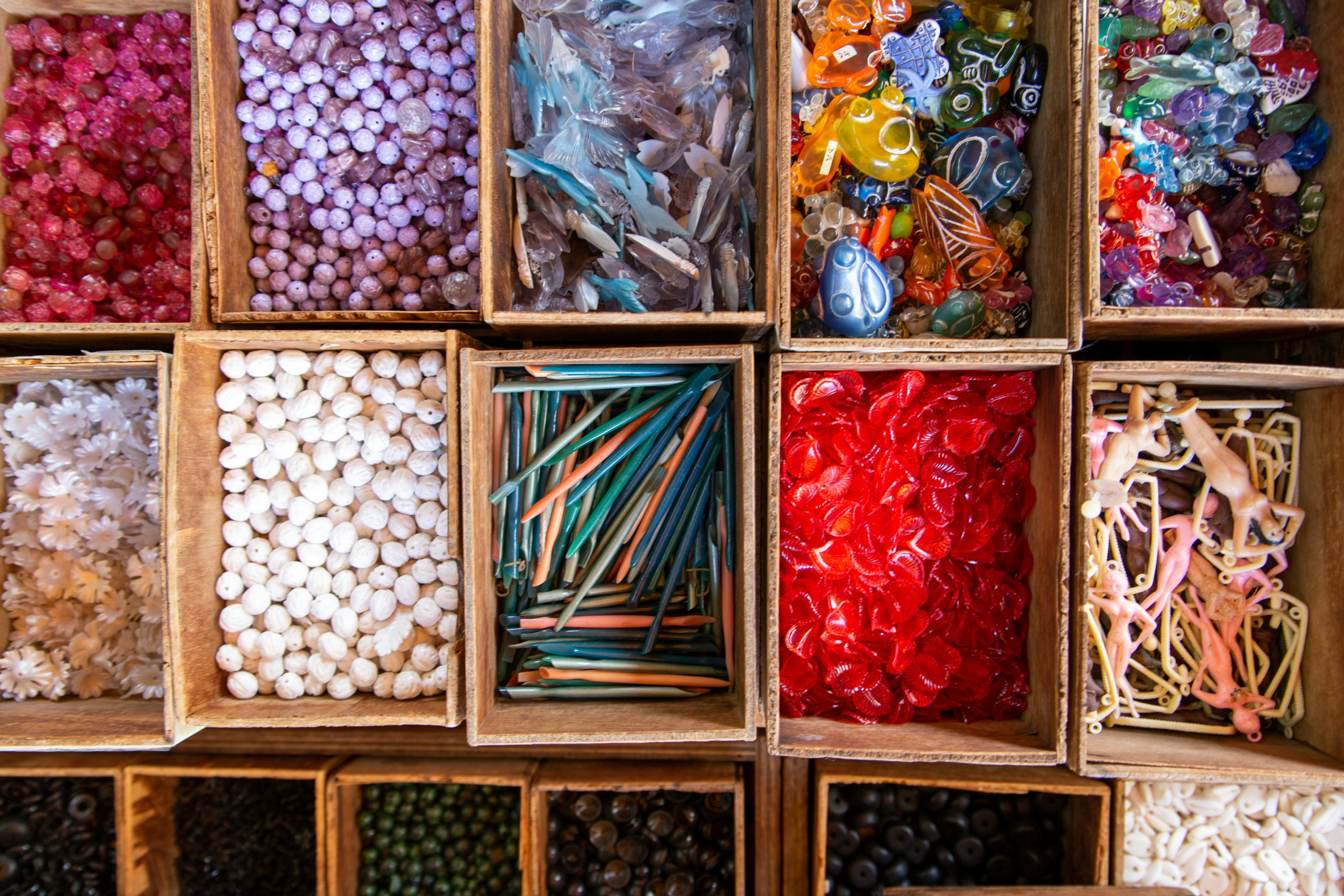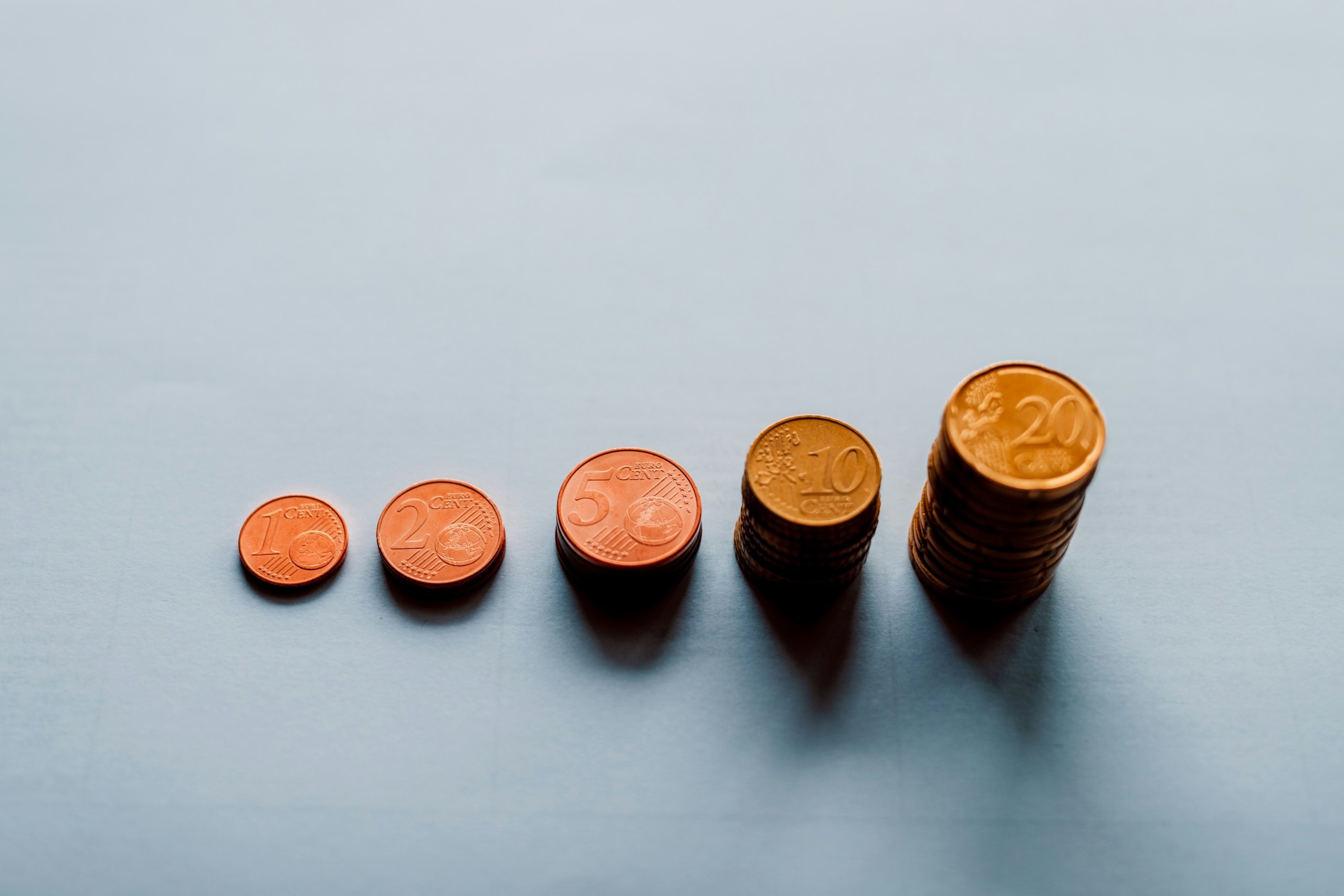Plastic injection molding is one of the most cost-effective and versatile manufacturing processes in the world, and is also excellent for high-quality prototyping. It has the ability to produce high-precision parts at scale, and is often seen as the backbone of industries ranging from automotive to medical devices, electronics, agriculture and consumer products.
However, when businesses explore this production method, one of the first questions that arises is: “What does plastic injection molding cost, and what drives that price?”
Understanding the true cost drivers behind injection molding is essential for making informed decisions, improving ROI, and maximizing long-term value. Here’s what to know about plastic mold price, injection molded parts, and the value and functionality of this type of molding for your industry.
Understanding Plastic Injection Molding Cost
The plastic injection molding cost of a project is shaped by several key factors, including mold design, materials, part complexity, production volume, and cycle time. While upfront tooling investments such as an injection molding machine may seem high compared to other manufacturing methods, the cost per part dramatically decreases as mass production scales.
The real efficiency of injection molding is in this scalability. Once the mold is built, subsequent plastic parts can be produced quickly and consistently, often within seconds. The challenge is balancing tooling and production costs to achieve your best long-term return on investment.
Mold Design and Tooling
The largest single cost driver in injection molding is the mold itself. Any plastic mold price will depend heavily on complexity, size, and the precision required. For example, a simple single-cavity aluminum mold for small production runs may cost a few thousand dollars. By contrast, a multi-cavity, hardened steel mold designed for millions of cycles can reach six figures, as complex molds command higher prices.
Factors that influence tooling cost include:
- Part geometry and complexity: intricate shapes, undercuts, or fine details require more advanced tooling.
- Number of cavities: more cavities increase upfront cost but mean a lower cost per part.
- Mold material: aluminum molds are cheaper but wear faster; steel molds last longer and support higher volumes.
- Tolerance requirements: tight tolerances demand precision machining, increasing mold-building costs.
Optimizing your design early by using Design for Manufacturability (DFM) principles can dramatically reduce tooling expenses and improve efficiency. For more insights, see Design Tips for Plastic Injection Molding & DFM Insights.
For Plastic Injection Molding Quotes
Material Selection and Resin Cost
Material cost is another major factor in what drives the cost of injection molding, because different thermoplastics vary widely in price, performance, and processing requirements.
Common resins like polypropylene (PP) or polyethylene (PE) are inexpensive, while specialty engineering plastics like PEEK, Ultem, or polycarbonate blends can cost significantly more.
Resin cost also fluctuates with additives or fillers (like glass fiber, flame retardants, or UV stabilizers), color matching or masterbatch customization, and sustainability goals (such as recycled or bio-based materials).
When considering the injection molding process, the mold base, number of parts, part design, part size, and raw material will all matter, as will any polymer, surface finish, and increased complexity in the production process.
Production Volume and Cycle Time
Production volume has a powerful influence on injection molding cost per part in the USA. It’s important to note that high-volume production runs distribute the mold’s initial cost over thousands or millions of parts, driving the per-unit cost down dramatically.
For example, low-volume runs (under 5,000 parts) have a higher cost per part due to tooling amortization, while medium-volume runs (5,000–50,000 parts) offer a balanced cost structure, ideal for pilot production or niche markets. High-volume runs (100,000+ parts) have the lowest per-part cost, which maximizes ROI.
Cycle time, or how long it takes to mold one part, is also critical, because each second saved per cycle compounds across thousands of parts.
Sustainability Initiatives
Environmental responsibility is also a growing focus in Illinois plastic injection molding services. Facilities are increasingly implementing energy-efficient equipment, recycled resins, and closed-loop water systems to reduce waste and carbon footprint during machining and plastic manufacturing.
Part Complexity and Size
The geometry of any complex parts being molded directly affects both tooling and production costs. That’s because larger parts require more material and longer cooling times, which extend cycle duration and generally also increase the cost of the mold. Additionally, complex designs with thin walls, deep draws, a strong draft angle, or tight tolerances demand sophisticated tooling and careful process control, and secondary operations such as overmolding, inserts, or multi-material molding also add to the injection molding price but may eliminate assembly steps later.

Labor, Equipment, and Overhead
While injection molding is highly automated, human expertise still matters, and that’s especially true for setup, quality control, and maintenance. Labor costs and regional manufacturing costs influence total project expense, and should always be considered.
Injection molding cost per part may differ from overseas options, but local production offers advantages in quality assurance, communication, and lead time. Additionally, domestic production avoids shipping delays and reduces the risk of costly defects discovered late in the supply chain.
Quality Assurance and Compliance
Adhering to strict quality standards ensures parts meet design and performance expectations, but these systems also contribute to total cost.
Inspection processes, such as first article inspection (FAI), coordinate measuring machines (CMM), and statistical process control (SPC), safeguard quality, while compliance with industry-specific certifications (ISO 9001, IATF 16949, or FDA requirements) adds value and credibility, especially in regulated sectors.
Post-Processing and Secondary Operations
After molding, some parts may require finishing or secondary operations like trimming, printing, assembly, or coating, and each additional step contributes to the total cost per part. Where possible, it’s essential for a manufacturer to design molds that eliminate or minimize these steps by incorporating molded-in colors, textures, and identification markings directly into the tool.

Balancing Cost and ROI
Understanding what drives the cost of injection molding is only half the equation. The real goal is maximizing return on investment (ROI) by optimizing every stage of the process from design and material selection to production and logistics.
Partnering with an experienced custom molder ensures cost-efficiency doesn’t come at the expense of quality. Through design collaboration, DFM reviews, and process optimization, it’s possible to reduce waste, speed production, and extend mold life, all while achieving precise, durable parts that meet end-use requirements.
The Future of Injection Molding
As technology evolves, the injection molding industry continues to advance in both efficiency and sustainability. Automation, predictive maintenance, and real-time process monitoring now allow for tighter control over quality and cycle times. Meanwhile, sustainable materials and energy-efficient equipment help reduce environmental impact and long-term operational costs.
For an in-depth look at emerging technologies, visit What is the Future of Plastic Injection Molding to explore how innovations in design, materials, and digital manufacturing are shaping the next generation of molded products.
![[Downloader.la]-690e91561fd37](https://cbmplasticsusa.com/wp-content/uploads/2025/11/Downloader.la-690e91561fd37.jpg)
So, What’s the Bottom Line?
Determining the plastic injection molding cost involves more than just quoting a number, and when you’re looking for injection molding services Illinois has a number of options to choose from. Be sure to consider how design, materials, tooling, and production strategies work together to influence overall price and performance.
By applying DFM principles, selecting optimal materials, and leveraging advanced automation, you can significantly reduce injection molding cost per part while maintaining exceptional quality.
Contact CBM Plastics USA for your plastic injection molding quote.
Let us help you with a custom injection molding quote for your project.
FAQs For Plastic Injection Molding
If your company requires plastic components made to exact specifications on a timeline and schedule that works for you and your customers, injection molding will likely add ongoing benefits to your company and enhance its bottom line.
Production time varies depending on the specifics of your order. However, with the right machinery and equipment, you can expect fast production times and good communication that will keep you informed about when you can expect your order.
CBM Plastics provides the highest product quality and takes plastic injection molding seriously. This allows you to have confidence in your order and ensures your customers will receive products with lasting components.
A plastic injection molding machine provides high precision and consistency in creating parts, helping to reduce scrap rates and improve product quality. This leads to lower costs and enhanced customer satisfaction by meeting exact specifications and timelines.
Waste reduction is crucial in plastic injection molding as it leads to cost savings and environmental sustainability. A molding injection machine ensures precise production, which minimizes material waste and enhances overall efficiency.
For More Frequently Asked Questions About Custom Plastic Injection Molding Check Out This Comprehensive Resource.

